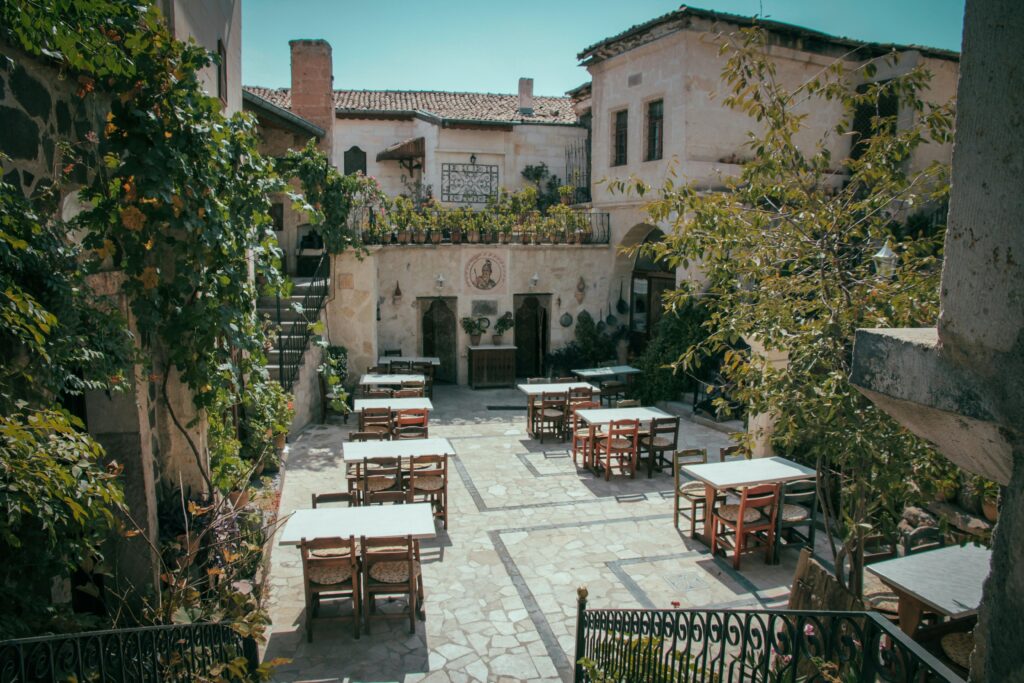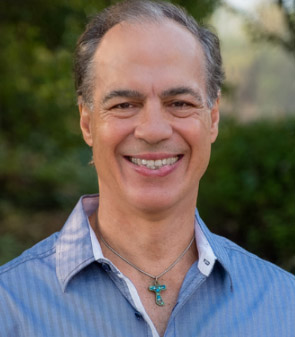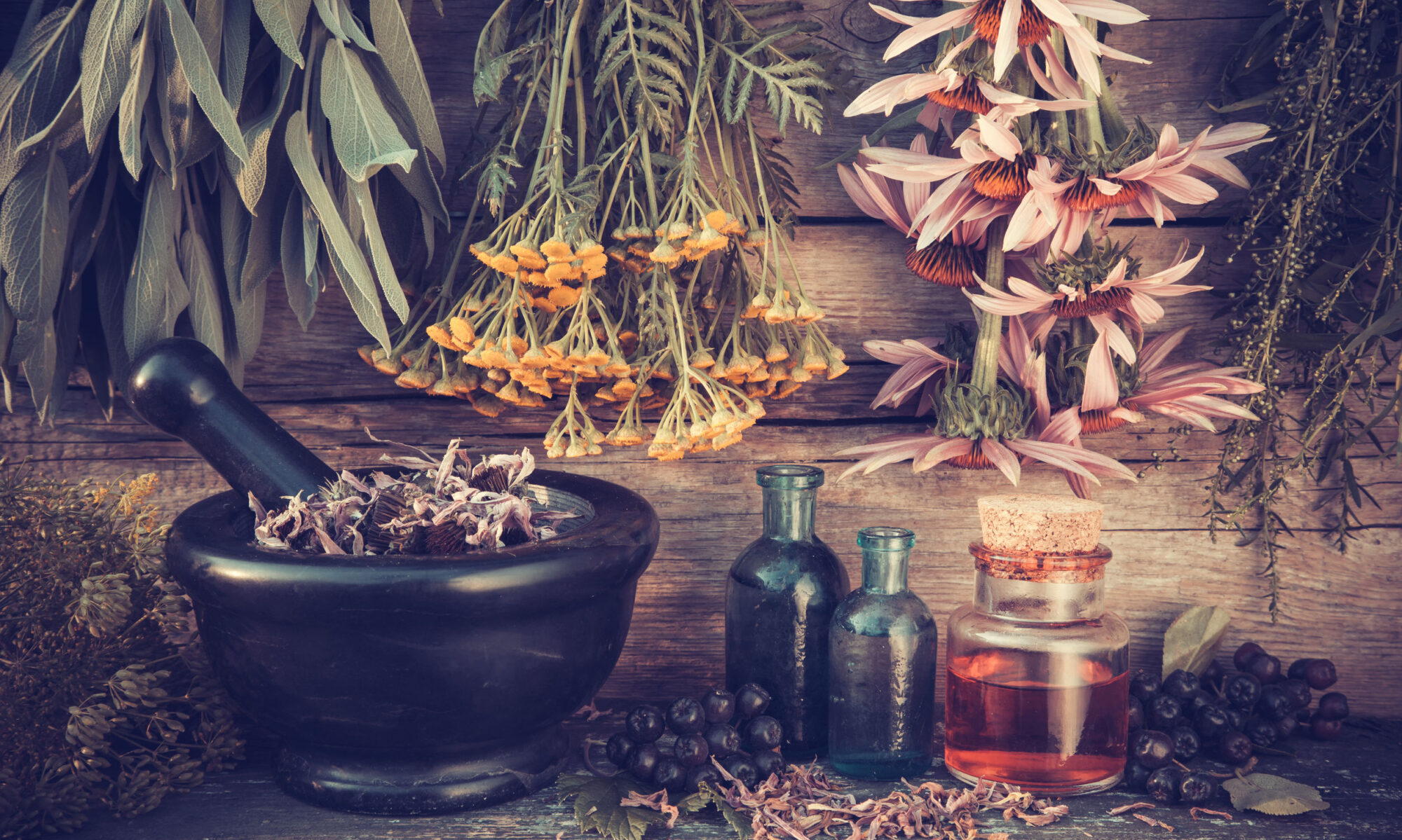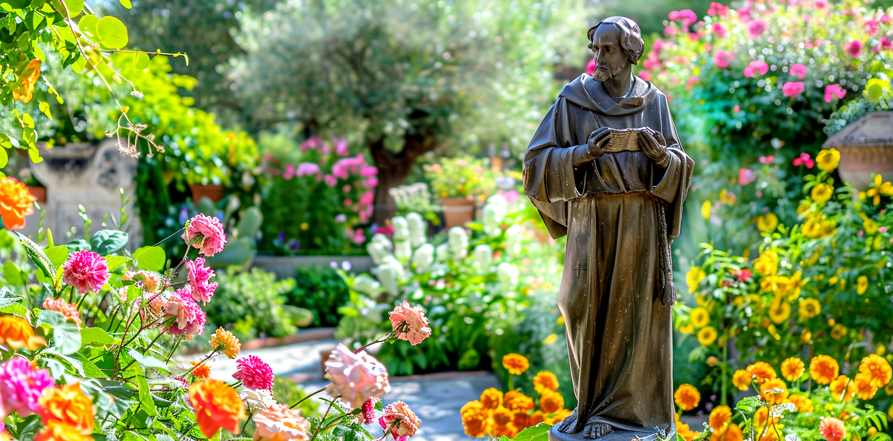by Donnie Yance
In our hyper-connected yet somehow disconnected modern world, many of us find ourselves longing for something deeper—a sense of wholeness that transcends the fragmentation of daily life. We seek not just physical health, but a harmonious existence that nourishes body, mind, and spirit equally. This integration isn’t just a luxury; it’s increasingly becoming essential for navigating our complex lives with grace and purpose.
The Forgotten Wisdom of Wholeness
Ancient healing traditions from around the world share a common understanding: true wellness emerges when we honor the interconnectedness of our physical, emotional, and spiritual dimensions. From Traditional Chinese Medicine’s concept of qi balance to Franciscan spirituality’s reverence for natural harmony, these wisdom traditions remind us that fragmentation leads to suffering, while integration leads to flourishing.
The Latin root of the word “health” is salvus, which is also the root of “salvation”—suggesting that true healing involves both physical restoration and spiritual wholeness. Similarly, the words “health,” “whole,” and “holy” share linguistic origins, pointing to an ancient understanding that true wellness encompasses far more than the mere absence of disease.

Nature as Teacher
Perhaps our greatest teacher in the art of balanced living is the natural world itself. In nature, we witness the perfect integration of structure and flow, of strength and flexibility, of individual elements working together in a greater whole.
Consider the tree—rooted deeply in earth while reaching toward heaven, it exemplifies the balance we seek. It stands firm yet sways with the wind. It grows steadily yet adapts constantly. It draws nourishment from soil, water, and sun, transforming these elements into life-sustaining energy through an intricate network of systems working in perfect coordination.
The wisdom of plants extends beyond metaphor into practical healing as well. Herbal medicine traditions worldwide recognize plants as sophisticated chemists that produce compounds with remarkable balancing effects on human physiology. Modern research increasingly validates what traditional herbalists have long understood: certain plants contain adaptogenic properties that help our bodies respond appropriately to stressors, neither overreacting nor underreacting.
The Paradox of Self-Care
One of life’s great paradoxes is that caring for ourselves enables us to better care for others. Yet many of us, particularly those in helping professions or caretaking roles, struggle with guilt around self-nourishment. We forget that the most inspiring examples of service—from St. Francis of Assisi to modern-day humanitarian leaders—maintained practices that renewed their inner resources.
True self-care isn’t self-indulgence; it’s stewardship of the gifts we’ve been given so we can offer them more fully to the world. This might involve:
- Creating sacred spaces for contemplation and stillness
- Nourishing our bodies with foods that sustain rather than deplete
- Moving in ways that honor our physical design and capabilities
- Cultivating relationships that reflect mutual respect and care
- Engaging with nature regularly to reset our inherent rhythms
The Role of Sacred Places
Throughout human history, certain landscapes and locations have been recognized for their unique capacity to facilitate transformation. Whether it’s the desert vastness that called to ancient mystics, the mountain heights that inspired profound insights, or the forest depths that offered sanctuary to seekers, these environments seem to thin the veil between ordinary awareness and deeper wisdom.
When we encounter such places—especially those that have hosted generations of spiritual practice—something shifts in our perception. The concerns that normally consume our attention fall away, creating space for deeper questions to emerge: Who am I beyond my roles and responsibilities? What gives my life meaning? How might I live with greater awareness and intention?
Network Medicine: A Modern Framework for Ancient Wisdom
Modern science is beginning to catch up with traditional healing wisdom through emerging fields like network medicine—an approach that views health as the product of complex, interconnected biological systems rather than isolated parts. This perspective recognizes that true wellness emerges from balanced communication between our various physiological networks, from cellular signaling to nervous system function to microbiome activity.
This systems-thinking approach mirrors ancient healing traditions that have always viewed humans as integrated wholes rather than collections of separate parts. Both perspectives recognize that imbalance in one area inevitably affects the whole, and that restoration of balance often requires addressing multiple dimensions simultaneously.
Graceful Aging as the Ultimate Balance
Perhaps nowhere is balanced living more evident than in those who age with grace and vitality. These individuals embody a special quality—a harmonious integration of wisdom and playfulness, of acceptance and continued growth, of honoring their limitations while continuing to explore their potential.
The most vibrant elders typically share certain habits of mind and body:
- They maintain strong social connections and meaningful purpose
- They continue learning and adapting to new circumstances
- They practice forgiveness and let go of past grievances
- They nourish themselves with wholesome foods and regular movement
- They maintain spiritual practices that connect them to something larger than themselves
A Journey Toward Integration
The path to a more balanced, abundant, and graceful life isn’t found through quick fixes or superficial changes. It emerges through intentional practices, supportive community, and exposure to wisdom traditions that have stood the test of time. It requires both practical tools and inspiring visions, both scientific understanding and spiritual insight.
For those seeking to deepen their experience of integrated living, immersive experiences in sacred settings can be particularly transformative. Removing ourselves from familiar routines and surroundings creates space for new perspectives and profound insights to emerge.

An Invitation to Transformation
If the ideas in this article resonate with you, I’m excited to share a rare opportunity to explore them more deeply. This June (13-15, 2025), I will be leading a small group retreat in the heart of Tuscany called “Keys to an Abundant, Balanced & Graceful Life.”
Set against the backdrop of historic Florence and the sacred La Verna Sanctuary where St. Francis of Assisi received the stigmata, this three-day journey will blend spiritual exploration, holistic health wisdom, and the healing power of community in one of the world’s most beautiful settings.

Retreat Highlights:
- Day 1: A sacred pilgrimage to La Verna Sanctuary where St. Francis received the stigmata, including a trek along ancient 650-meter stone pathways and quiet meditation at the Sasso Spicco.
- Day 2: Deep dive into holistic health at a beautiful villa just outside Florence, exploring Network Medicine, nutritional and herbal synergy, and practical tools for graceful aging.
- Day 3: Exploration of spiritual wellness through discussions on forgiveness, presence, and the divine connection within, concluding with a celebratory dinner in a tranquil garden restaurant.

Limited to just 12-16 participants to ensure personal attention, this retreat will offer practical tools and timeless wisdom for those seeking a more integrated approach to wellness. Whether you’re facing health challenges, navigating life transitions, or simply hearing the call to live with greater intention, this experience promises valuable insights and lasting transformation.
To learn more or reserve your spot, visit the Retreats page under the Resources tab at www.MederiCenter.org or contact the team directly at info@mederifoundation.org.
I personally invite you to join me on this extraordinary journey of transformation in Tuscany. There’s something deeply meaningful about walking ancient paths, sharing wisdom in sacred spaces, and breaking bread together that creates lasting change. If you feel called to this experience, we would be honored to welcome you into our circle.
Blessings,
Donnie


